A Brief History of the Shakuhachi
by David J. Duncavage
Shakuhachi Master David Duncavage studied with Ronnie Seldin in America and Yoshio Kurahashi in
Japan. David was Robert Jonas’ first Sui Zen teacher.
For recordings by Robert Jonas and Yoshio Kurahashi, see below.
The shakuhachi is an end-blown bamboo flute varying from 1.3 to over 3 feet in length. It came into Japan from China at the end of the 7th century. From this period until as late as the 12th century it was used in gagaku (court music). Little is known of the music that was played on the shakuhachi at this time, although there are some flutes from this period preserved at Shoso-In in Nara, Japan. These flutes have 6 finger holes, and were made from thin walled bamboo.
During the period between the 12th and 16th centuries, the shakuhachi is reported to have been played by a wide range of people, including: mendicant monks, the Emperor Go-Komatsu (1408), and the famous Rinzai Zen Master Ikkyu of Daitoku-ji in northern Kyoto (1394-1482). This shakuhachi was later referred to as the hitoyogiri to distinguish it from the longer, heavier, and bigger bore flutes that the mendicant monks eventually developed. These mendicant monks were later called komosô (straw mat monk), a name descriptive of their life of homeless poverty. Their numbers gradually increased, due in large part to an influx of rônin (lordless samurai) who grew in number during the period of civil wars (15-16th centuries), and especially after the Shogun, Tokugawa Ieyasu, solidified his rule over Japan in the early 17th century.
It was during the rigid, but peaceful order of Tokugawa rule known as the Edo Period, that the komosô banded together and formed a formal religious sect claiming ties back to Fuke, an eccentric Chinese Zen monk who lived during the 9th century. The government went along with the story and the Fuke sect was established in 1614 as a branch of Rinzai Zen. At this time the komosô changed their name to komusô (monks of empty nothingness), and through a special arrangement with the government, won the sole right to solicit alms by playing the shakuhachi . During this period the shakuhachi began to be made from the root section of bamboo. This method of construction greatly improved the acoustic properties of the flute as well as making it a suitable means for self-defense while on solitary pilgrimages.
The special relationship between the Fuke sect and the Tokugawa government led to the sect’s dissolution in 1871 following the government’s collapse during the Meiji Restoration begun in 1868. Fuke shakuhachi went underground only to surface in 1883 in the establishment of the Myoan Society at the Fuke Temple, Myoan-ji, in the old capital city of Kyoto. This society and its many players are responsible for the transmission of the Fuke shakuhachi tradition to this very day.
Komuso Sprituality
The komusô played the shakuhachi in conjunction with the practice of zazen (sitting zen) and called this suizen (blowing zen). Playing the shakuhachi was a form of sutra chanting in the Fuke Temples. As such, the shakuhachi was not considered a musical instrument but a religious tool. What resulted from this practice was a large body of music called honkyoku (original music). In the purest honkyoku, primary attention is given to each breath-sound rather than to various musical elements like melodic progression. The komusô centered their practice of shakuhachi on developing what they called their kisoku (spiritual breath) to such a degree that they would enter the state of tettei on (absolute sound) with the bamboo and everything else. Their aim was to experience enlightenment through the shakuhachi . This goal is perhaps best expressed in a komusô saying, Ichion Jobutsu: Become your Buddha Self in each breath.
Although there are a number of common honkyoku, many still exist which have characteristics peculiar to the Temple of origin. However, even with slight variations of style and notations, at the various shakuhachi temples, all honkyoku are a testament to the komusô ‘s search to blow that one sound which would lead the monk, and those listening, they believed, to enlightenment.
CDs by Robert A. Jonas
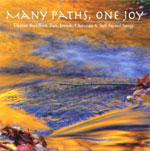 |
Many Paths, One JoyA journey through distinct sacred spaces of the body, mind and heart. Here, Jonas (on shakuhachi) partners with Tibetan Buddhist, Zen, Jewish, and Sacred performers. We hope that listeners will enjoy the respect, love and care-full sensibility that streams through each piece and connects them in the cave of the heart. (Soon to be available on iTunes, etc.) |
|
New Life from RuinsFusing devotional songs from Ireland and Scotland with the shakuhachi, this CD features Celtic vocalists Jacynth Hamill and Heather Innes, who weave their voices with the sound of Robert A. Jonas’ Zen flute. (Soon to be available on iTunes, etc.) |
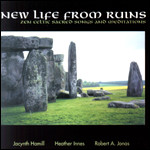 |
|
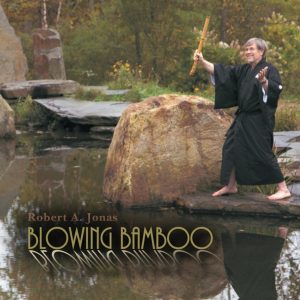 |
Blowing BambooInspired by Sui-Zen players who seek “to become Buddha in one sound”, in this CD Jonas plays the shakuhachi from the heart of Christian prayer, a state that the 5th century Christian mystic Pseudo-Dyonysius called “the dazzling darkness of God”. Find it on Apple Music, Spotify and Pandora. |
|
Aki No Yugure (Autumn Dusk)Shakuhachi master Yoshio Kurahashi and Chinese pipa (lute) player Wu Man recorded at this CD at the Watertown Empty Bell in August 2000. |
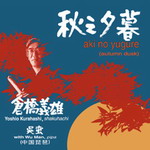 |
|
| “There’s a sweet gentleness underlying many of these sorrowful pieces, a subtle drama of the shifting winds of nature.” Dirty Linen |
||
About the Shakuhachi
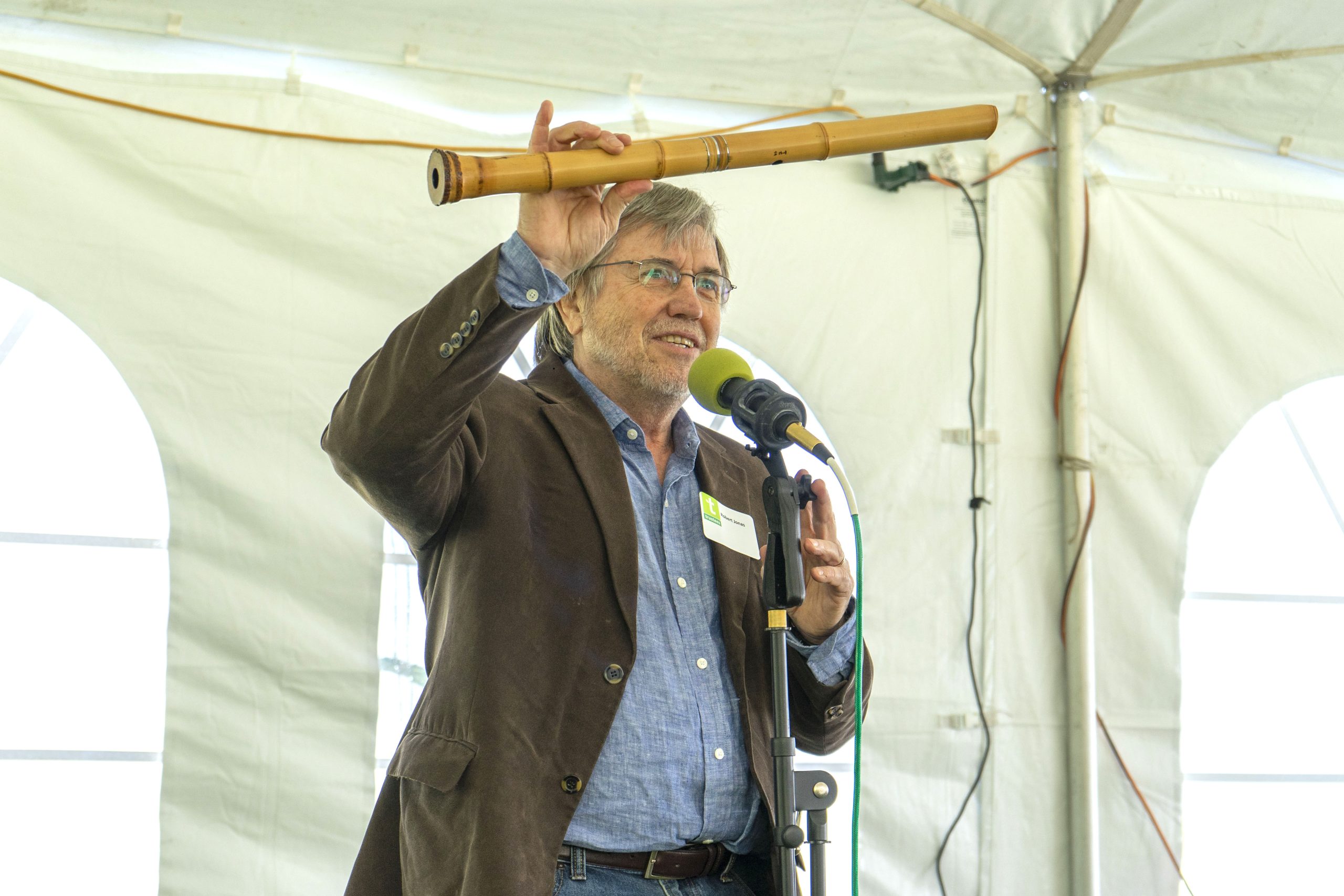
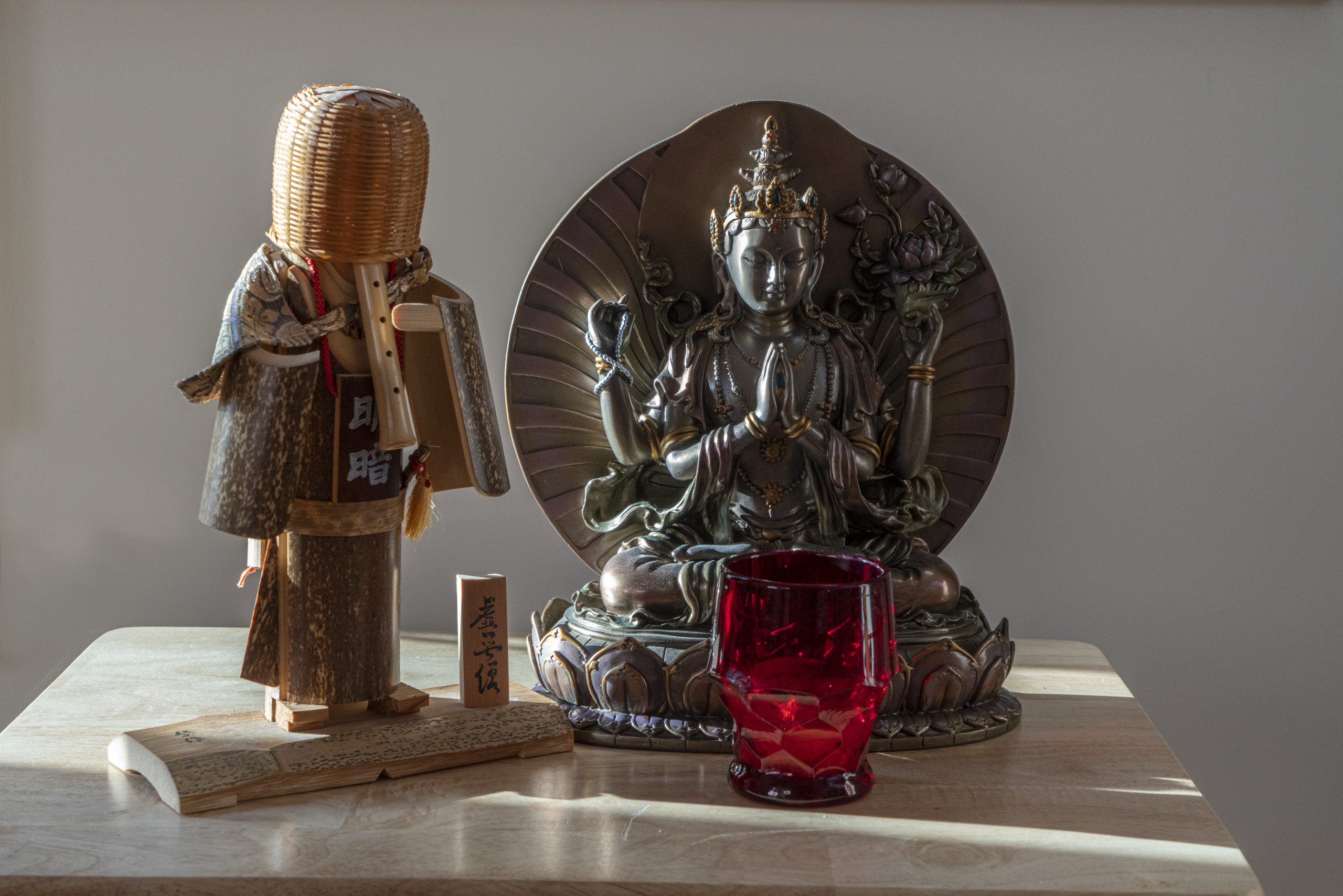
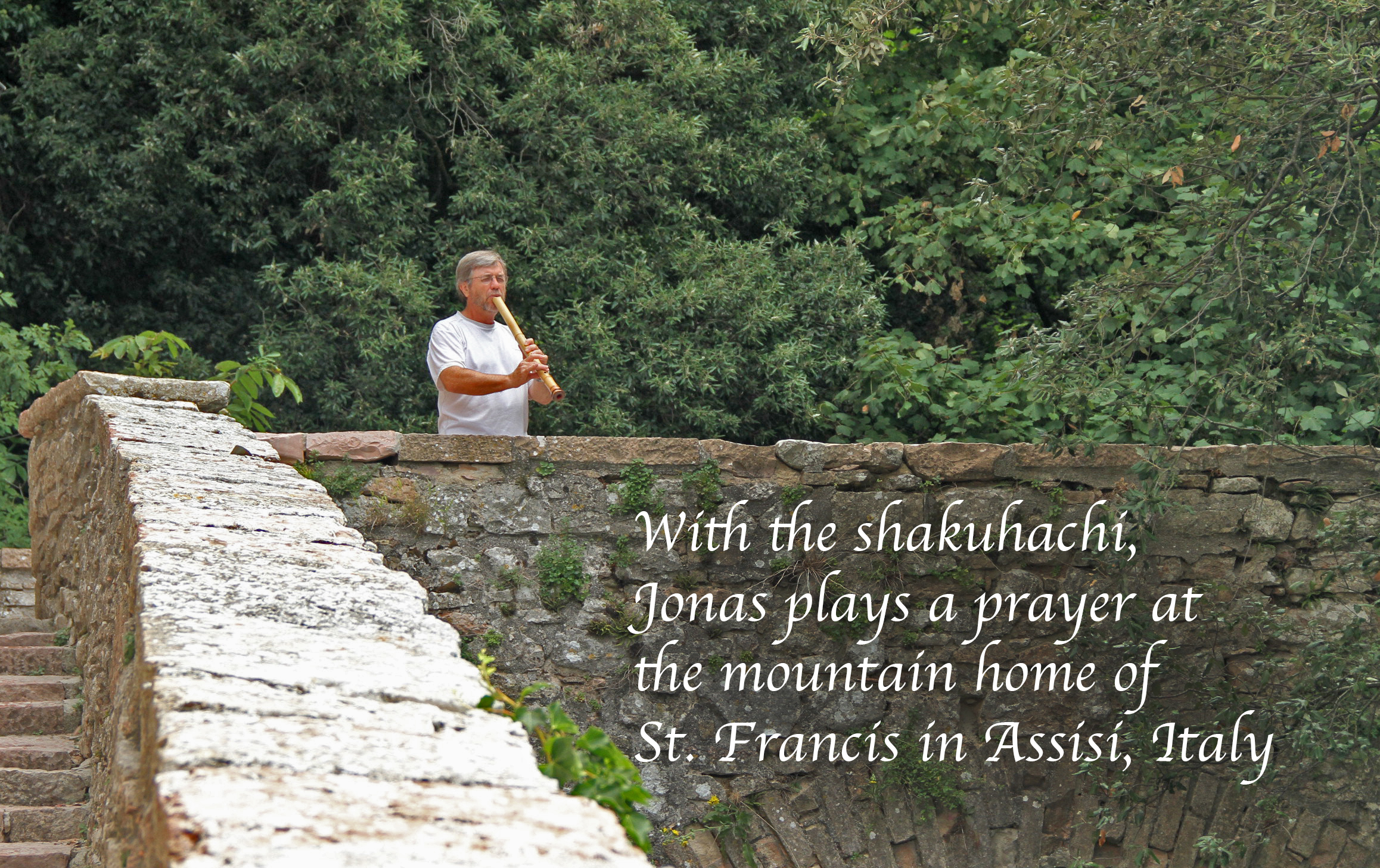
Photo credit: Robert A. Jonas

“Misty Ocean Flute”
read more
